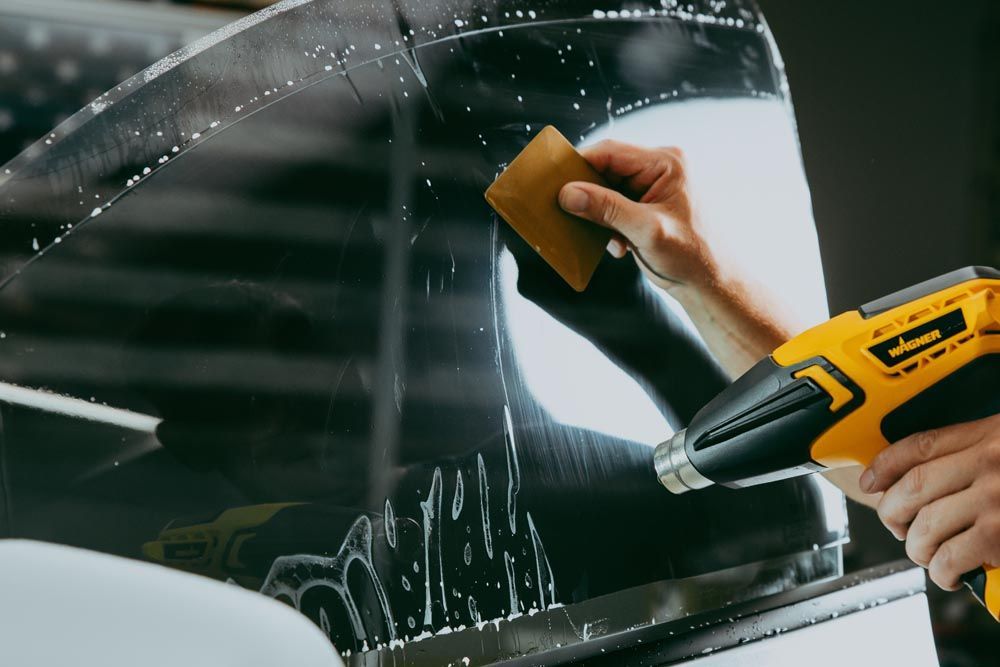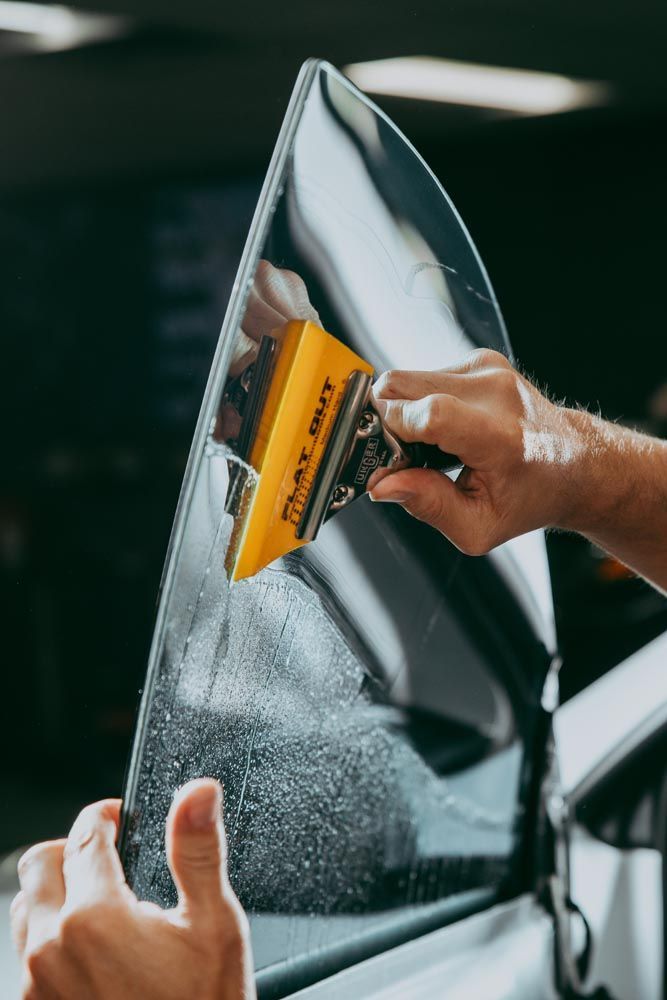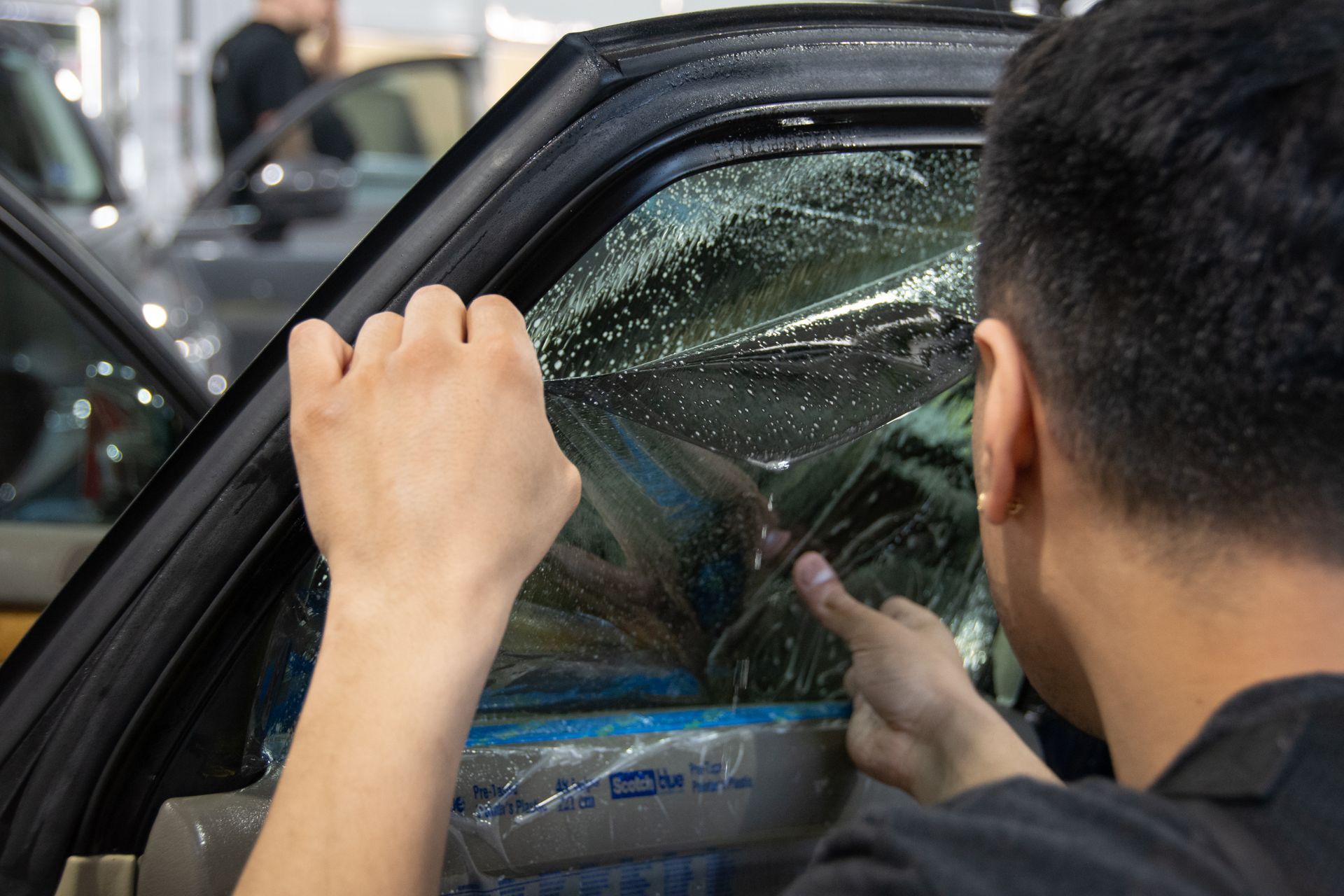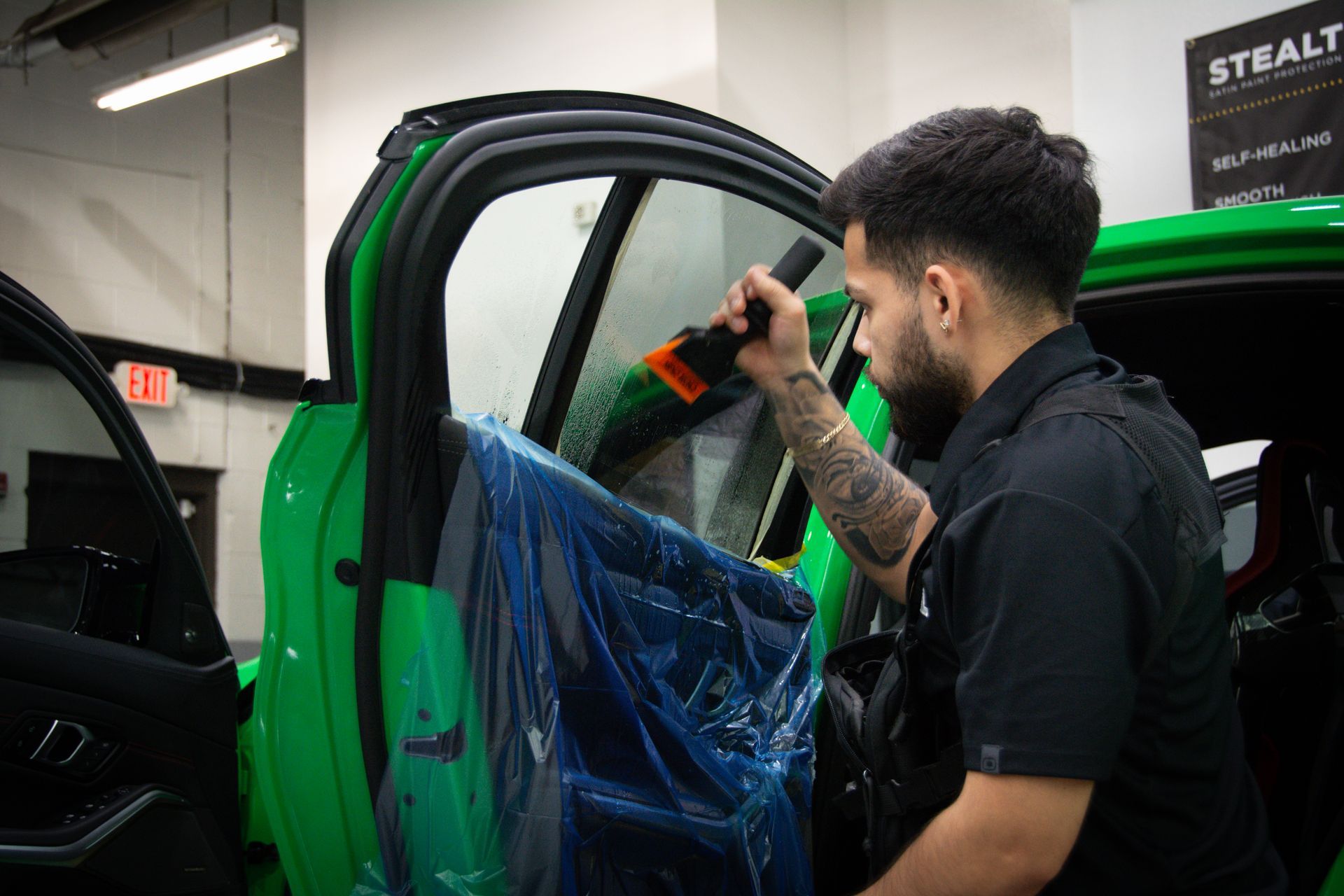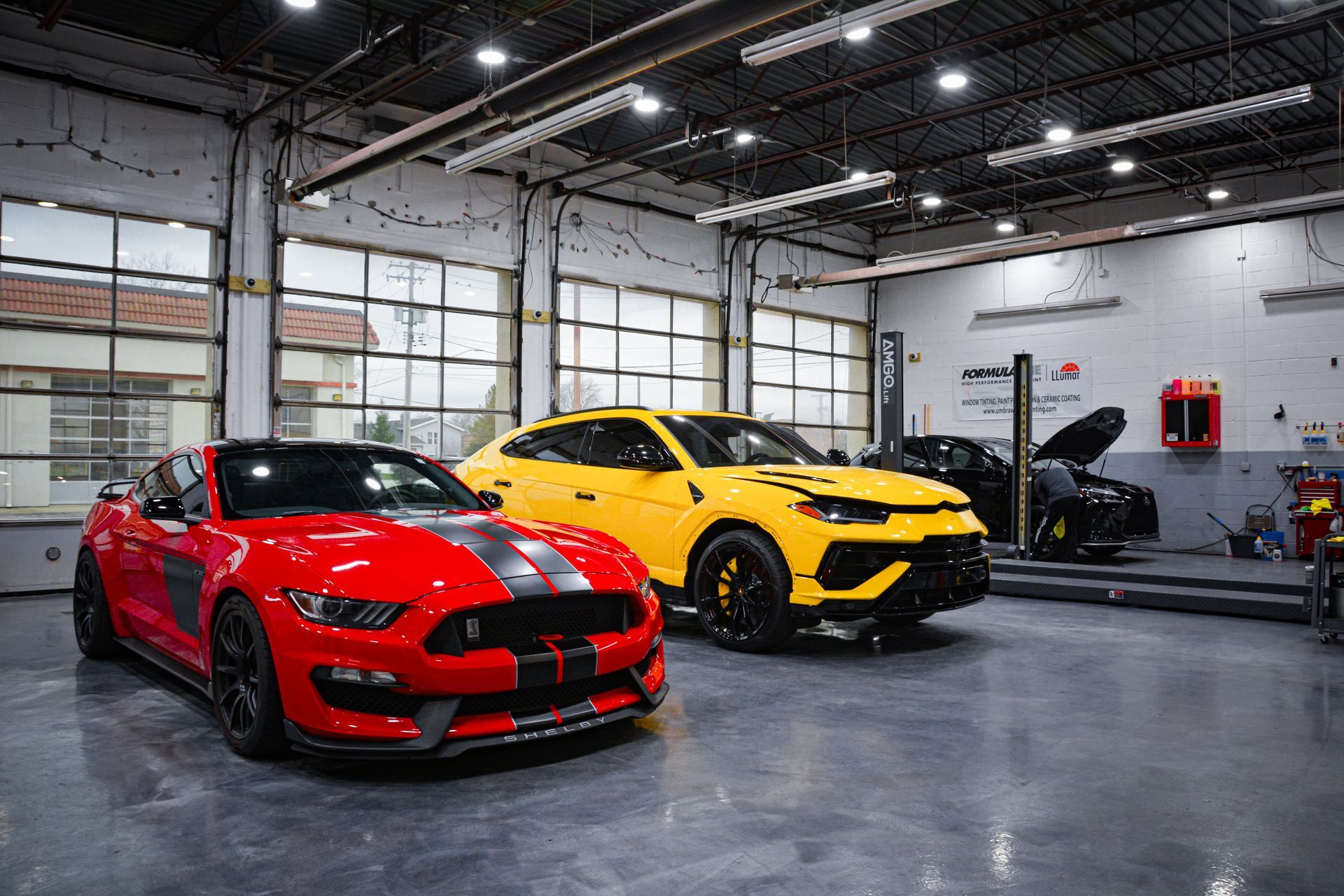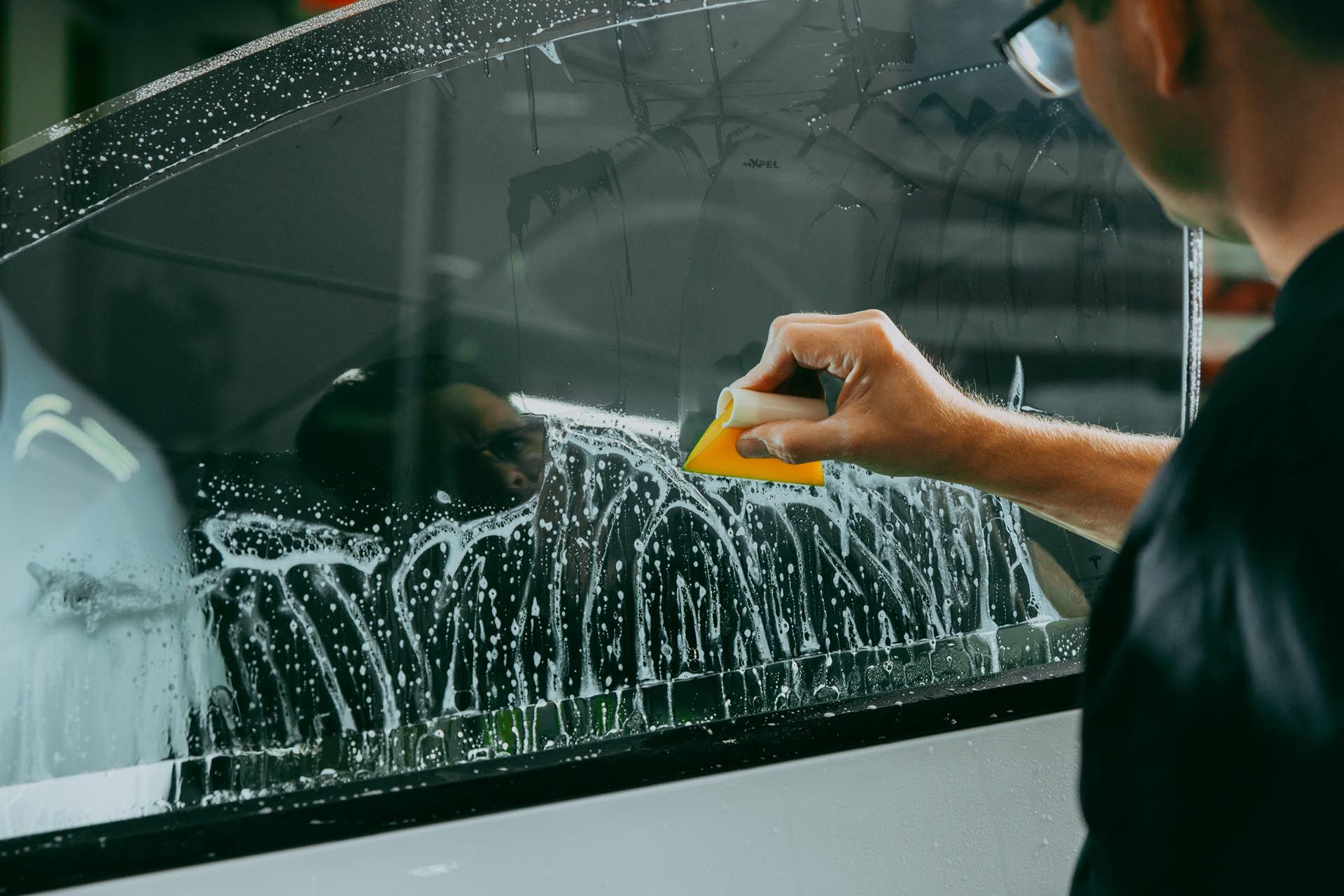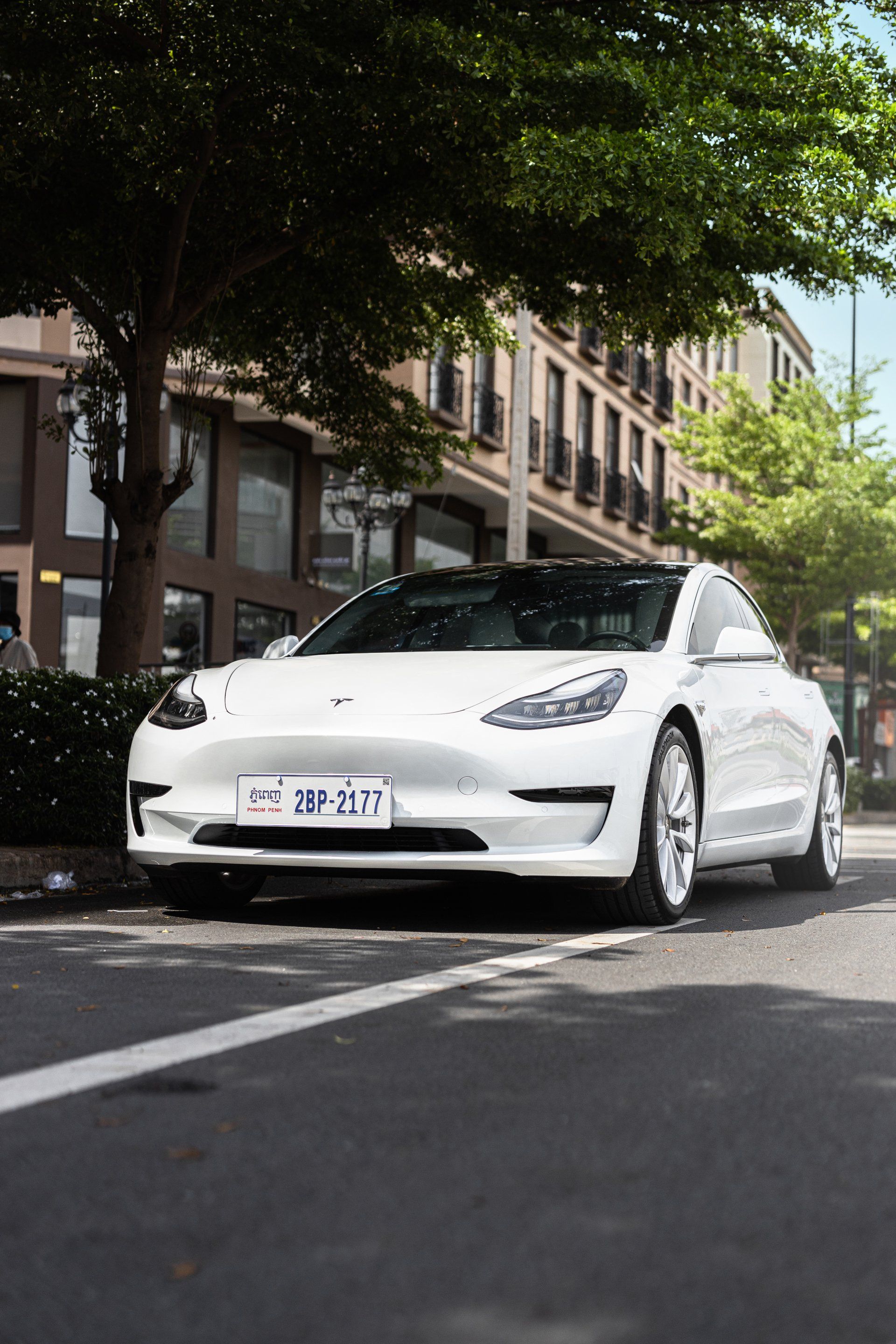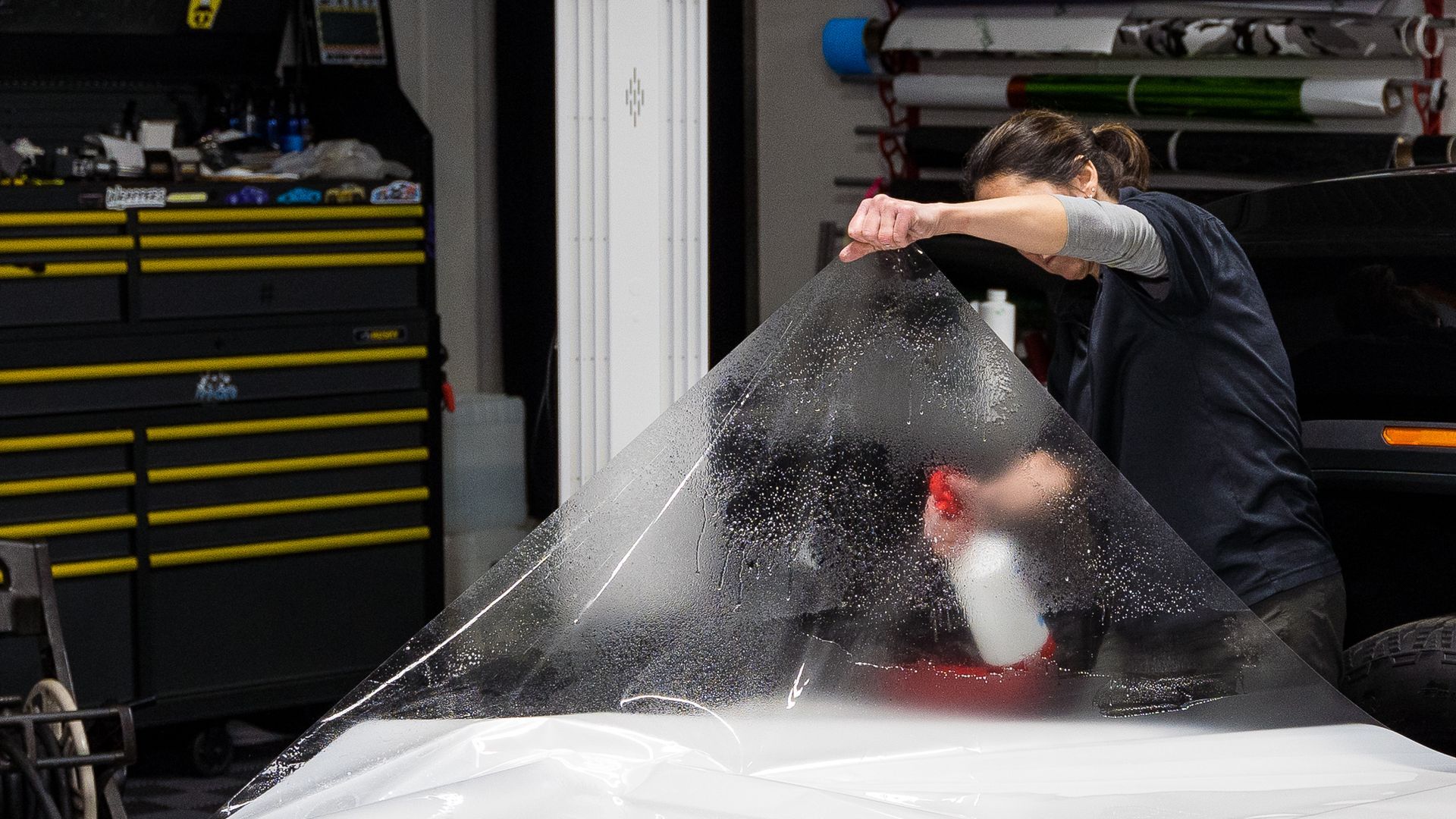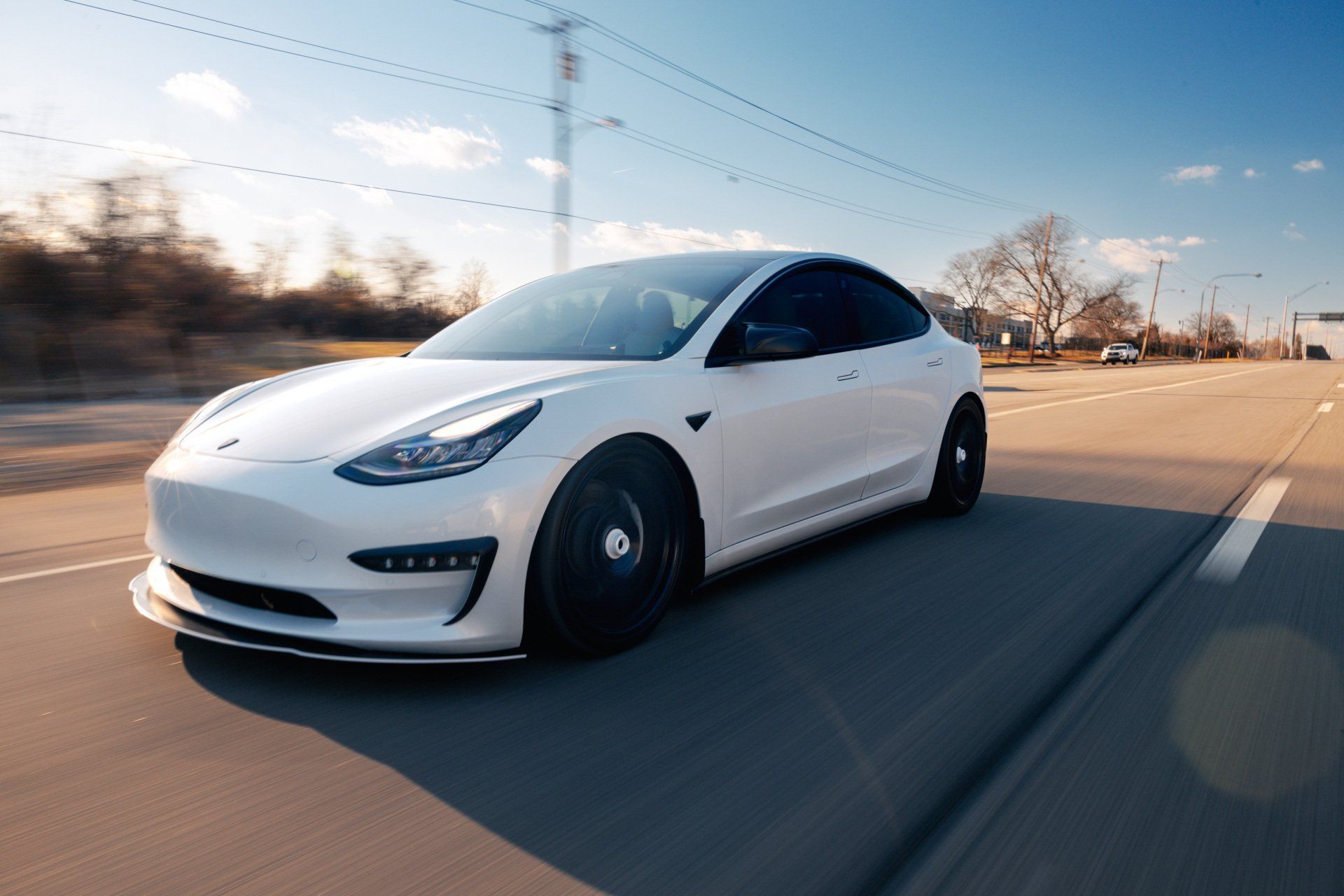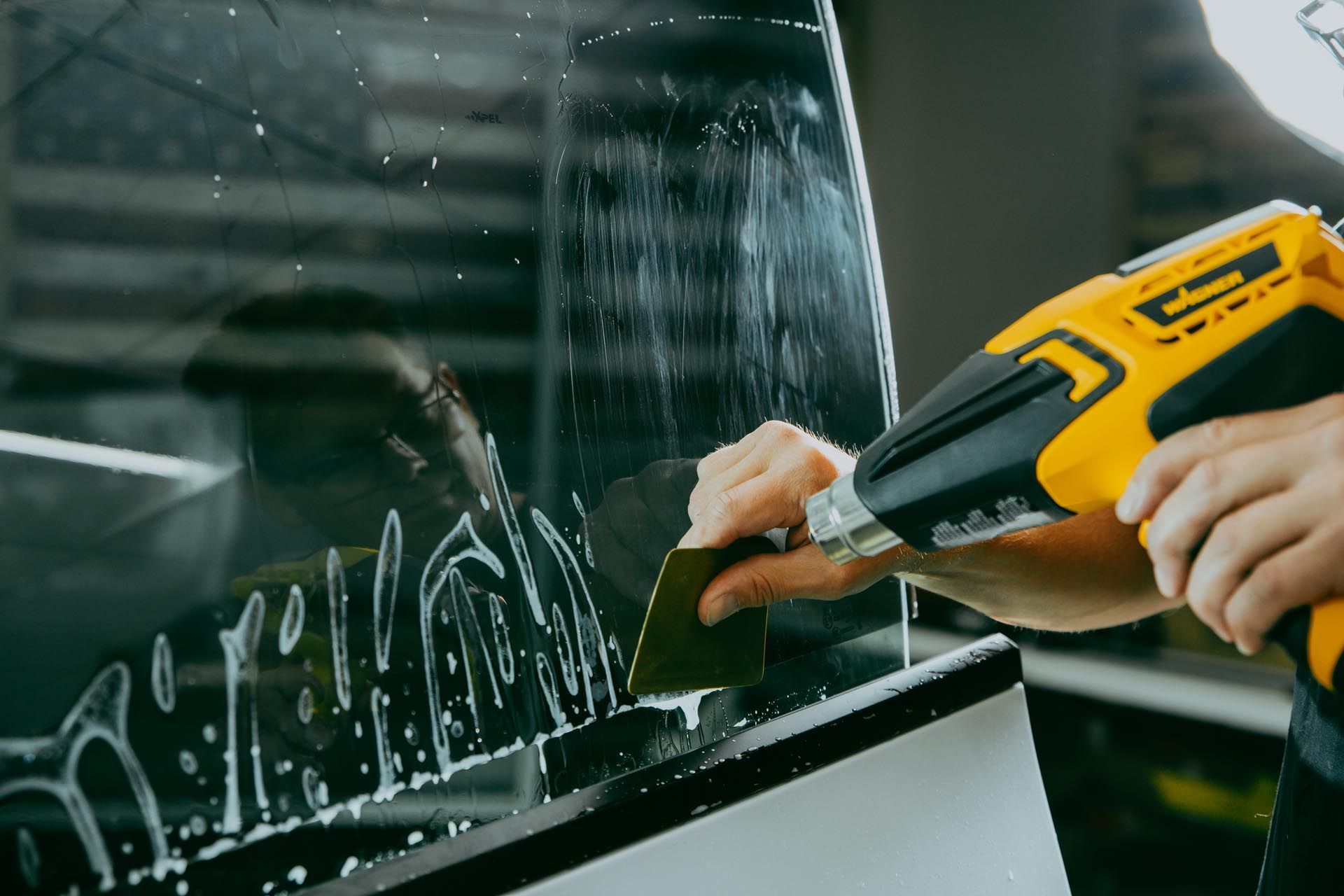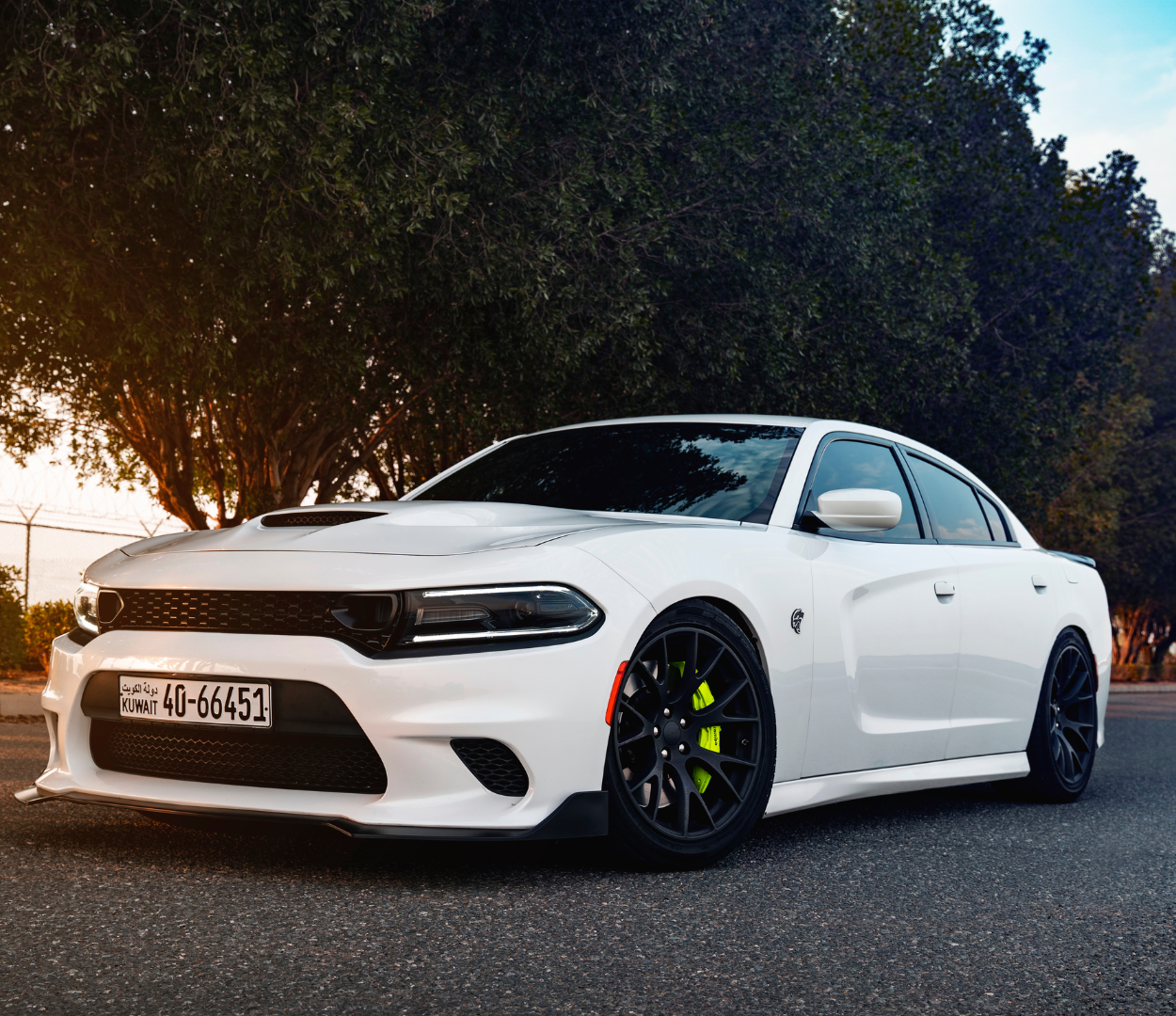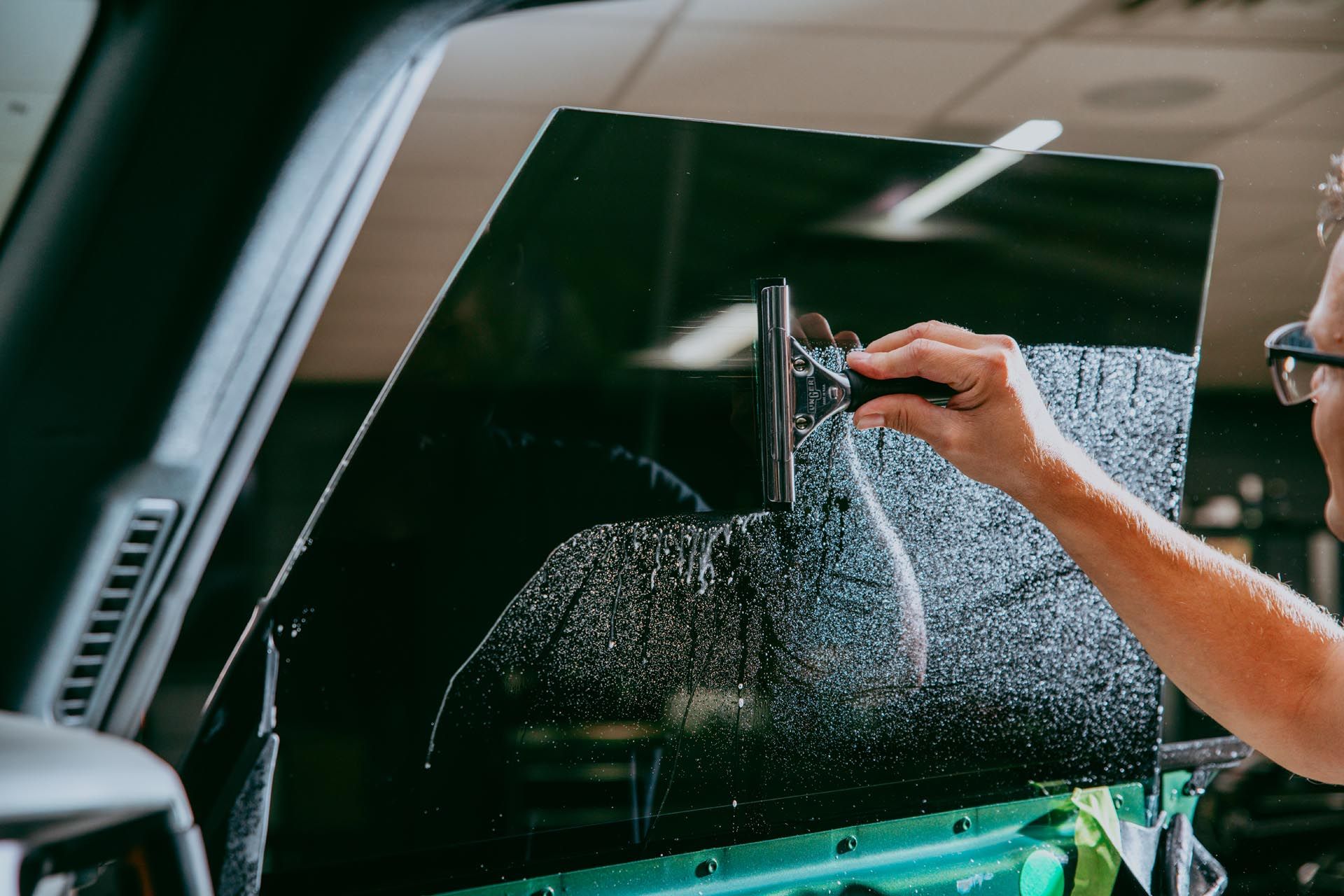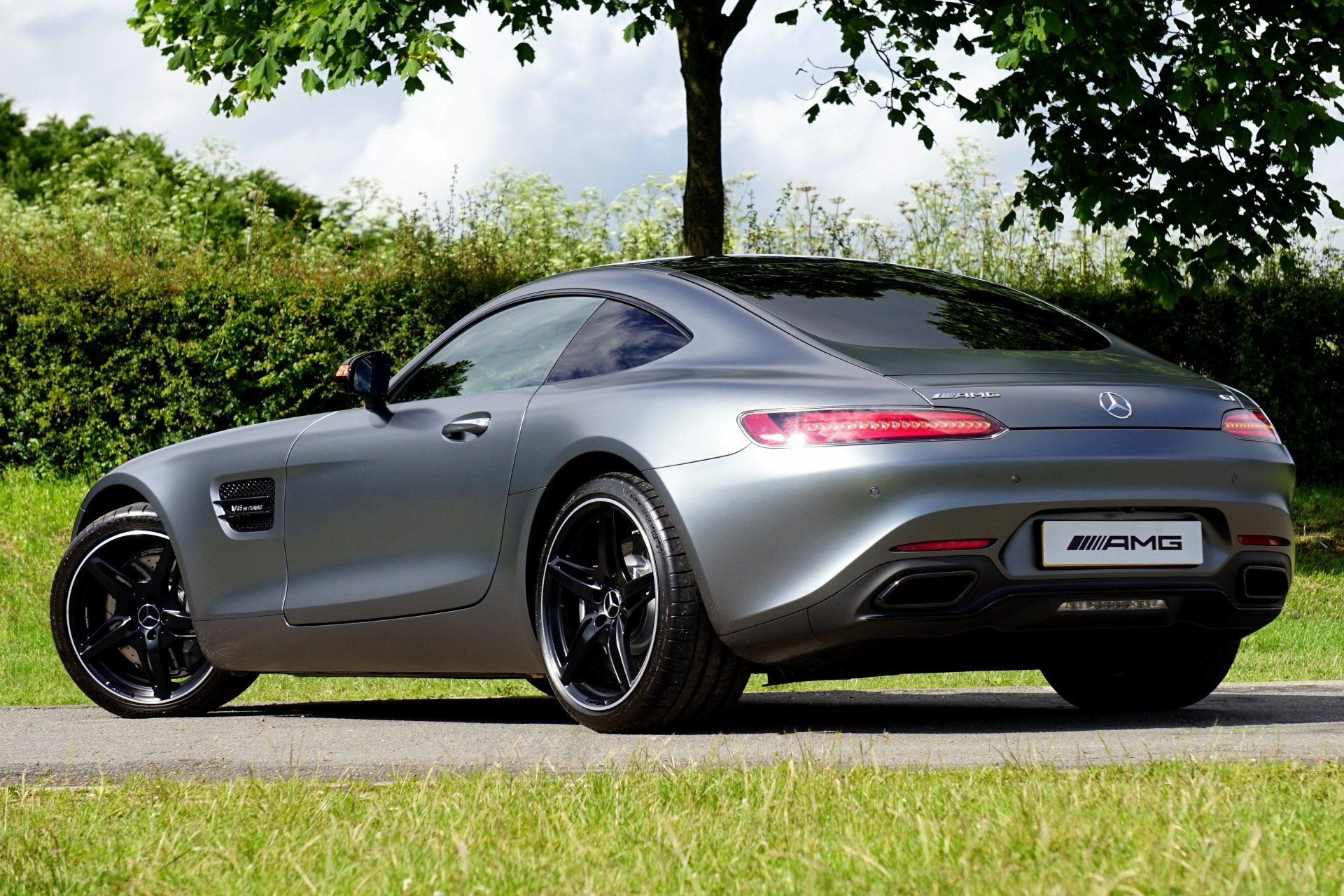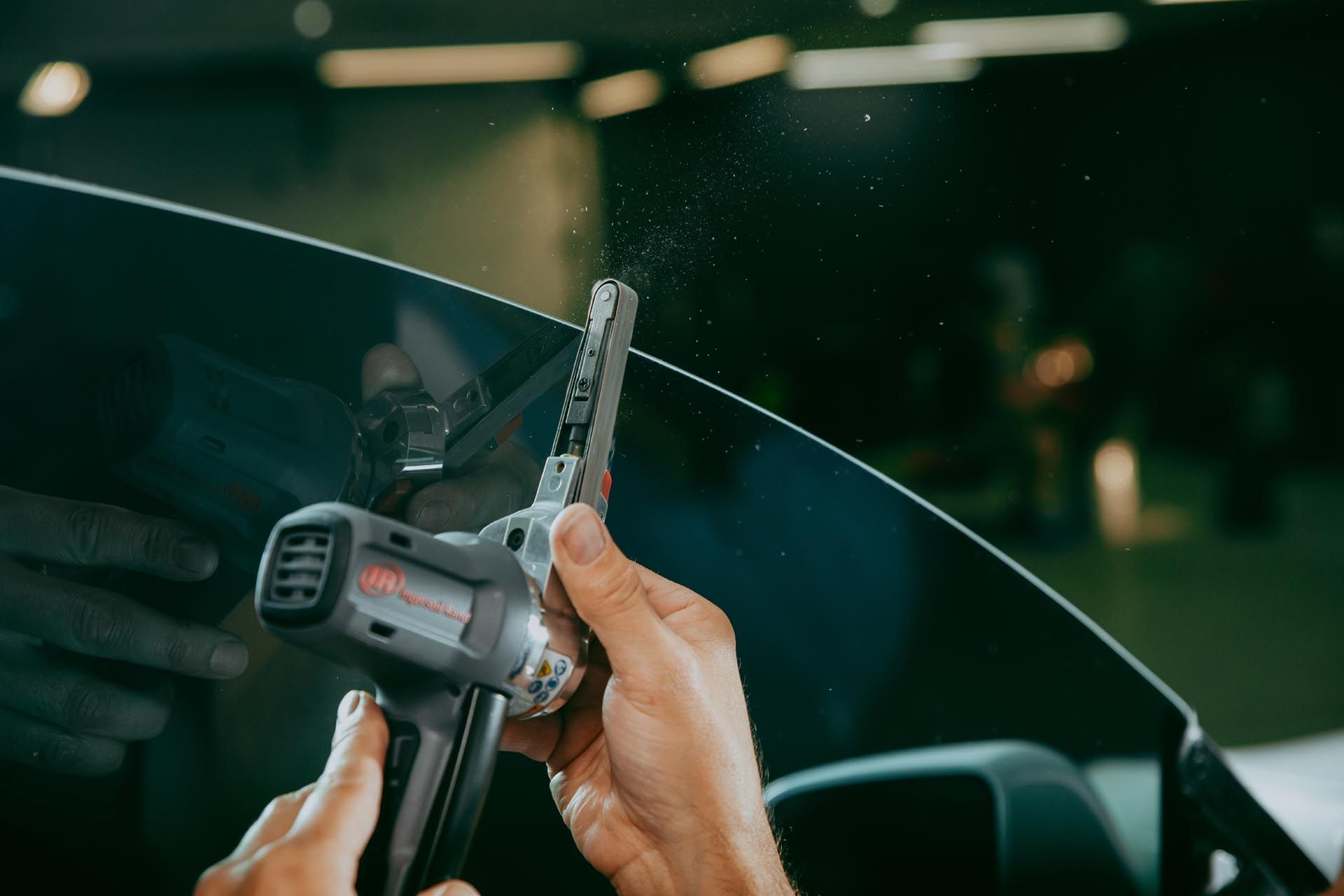When it comes time to sell your car, features like tinted windows may seem minor—but they can influence resale value more than you'd think. While many associate window tinting with aesthetics or privacy, it also plays a role in a buyer’s decision-making process. From legal restrictions to market trends, understanding how window tints affect resale value can help you make informed choices that benefit your vehicle's appeal and your wallet.
Tinted windows can have a mixed effect on car resale value; in some regions, they may enhance the desirability of a vehicle by offering features like increased privacy and UV protection, while in other areas, excessively dark tints may lead to devaluation due to legal issues and visibility concerns. Ultimately, the overall condition of the vehicle is often more significant than tinting when it comes to resale value.
How Tinted Windows Impact Car Resale
The impact of tinted windows on a car's resale value can indeed be multifaceted. Whether you have a sun-drenched SUV or a sleek sedan, buyers often have varied perspectives on how window tint can affect their purchasing decision. Some view tinted windows as an appealing aesthetic that adds character and protects from prying eyes—and from harmful UV rays—while others might see it as a potential legal headache.
Legal Considerations
In many states, strict regulations govern the darkness of window tints and their placement. If a car is equipped with windows that are too dark according to local laws, it could lead to serious consequences for the seller, including fines or the need for costly tint removal before selling. This means a buyer may hesitate to purchase a vehicle with illegal tints for fear of additional expenses or legal repercussions once they take ownership. Dealerships are often wary of buying vehicles that come with illegal modifications. They may reduce the trade-in value by up to $400 just to cover the potential costs associated with removing these unwanted tints. That's a significant hit for something that was meant to enhance your car!
Market Preferences
Geography plays a critical role in how tinted windows are perceived and valued. In warming regions where intense sunlight is more common, like southern states, tinted windows can elevate a vehicle's resale value due to their increased functionality; they keep interiors cooler while protecting passengers from harmful UV rays. However, in northern states, darker tints may have an adverse effect due to local safety inspections focusing on visibility requirements. Interestingly, feedback from vehicle owners indicates that while darkly tinted windows can add style and privacy, they might not always translate into better resale opportunities in certain areas. Achieving a balance between desirable features and potential legal barriers is crucial. Many sellers reported experiencing reduced interest if the tint percentage wasn't disclosed upfront—this transparency helped mitigate concerns around legality.
As you think about whether or not to tint your windows, consider both the legal implications and personal preferences of potential buyers. The right choice can enhance your car's appeal and provide comfort and protection from UV rays while also ensuring compliance with local regulations.
Enhancing Car Appearance
Tinted windows do more than merely block UV rays; they elevate the visual impact of a vehicle. When applied correctly, they can seamlessly integrate into the car's design, contributing to an appealing and polished look. Think about it: how often have you noticed a car that looks sleek and sophisticated with darkened windows? It's like wearing stylish sunglasses; there’s something undeniably attractive about it!
- Aesthetic Advantages: Many buyers believe that tinted windows give a sleek, modern look to a car, making them an appealing selling point. The right tint can transform an ordinary vehicle into one that exudes class and style. Cars with tinted windows appeared more attractive and therefore more desirable. This highlights the role of aesthetic appeal when potential buyers choose between similar models on the lot. One consideration to keep in mind is how the tint complements the overall color scheme of the vehicle. Dark tints tend to pair well with lighter colors, creating a striking contrast that makes both elements pop. For instance, a black tint on a white BMW enhances its luxury and lends it an air of sophistication that’s hard to ignore.
- Brand and Model Matching: It’s intriguing to note that tinted windows are particularly popular among luxury and sports cars, as they often come with factory tints that suit their high-end design. Vehicle manufacturers like Mercedes-Benz and BMW have perfected this pairing; they understand that their clientele seeks vehicles that reflect both status and style. When you see a sleek Mercedes gliding down the street with its stylishly tinted windows, it reinforces the brand's image as a leader in luxury. This intentional design choice is not merely for aesthetics but also plays into consumer perceptions. Cars from these brands are expected to look premium, and factory-installed window tints provide just that touch of elegance without making waves in compliance with legal standards. Additionally, if you're considering aftermarket tints for your vehicle, matching them as closely as possible to the original manufacturer's hues can amplify desirability.
Privacy and Legal Issues
Understanding the legal implications of tinted windows isn't just about complying with the law; it's also a matter of respecting potential buyers' preferences and their perceptions of your vehicle. Each state has its set of rules regarding how dark your window tint can be, which can significantly affect your ability to resell your car later. While some states are more lenient, allowing near-complete darkness on rear windows, others impose strict limits for both front and back.
- Legal Restrictions: These regulations exist primarily for safety reasons; ensuring that drivers maintain adequate visibility is critical. Legal limits on window tint darkness can vary widely. Transporting this knowledge from one state to another becomes essential if you move or take road trips often. With fines ranging from $25 to $250 for illegal tinting, these regulations are not to be taken lightly. You might think you're enhancing your car's look or comfort, but flouting these laws can complicate resale, as some dealerships will shy away from buying vehicles that fail inspection due to non-compliant tints.
- Privacy Benefits: Many buyers value window tinting for added privacy—an aspect that varies in importance based on individual circumstances. For high-profile individuals like celebrities or public figures, tinted windows aren't merely an aesthetic choice; they serve as a barrier against prying eyes, boosting appeal during resale. The allure of privacy nurtures a perception of exclusivity around a vehicle, thereby enhancing its market desirability.
Furthermore, sellers often disclose tint percentages during negotiations, which helps mitigate buyer concerns over legality and increases confidence in purchase decisions. Transparency can facilitate smoother transactions and maximize resale potential. By balancing these privacy benefits with a firm understanding of local laws, vehicle owners can make informed decisions about whether or not to opt for tinted windows—shaping their car's aesthetic appeal and maximizing its future worth.
Market and Buyer Trends
Market trends and buyer preferences can shift over time, impacting how tinted windows are valued in the resale market. Recent data illustrates a striking 20% increase in demand for vehicles equipped with factory-installed tinted windows, primarily due to their aesthetic appeal, UV protection, and added privacy. This growing inclination toward vehicles with tinted windows coincides with a broader trend in the automotive industry, where consumers seek personalized touches and comfort in their cars. Tinted windows enhance a vehicle's appearance and provide an element of sophistication. Buyers today are looking for vehicles that stand out, which explains why these aesthetic enhancements play a vital role in driving up the resale value. However, keeping in mind that buyer trends can be fickle is equally as important as understanding what styles are currently sought after.
Current Trends
As markets fluctuate, it becomes imperative to monitor how buyer attitudes shift concerning various car features. Younger buyers frequently favor modern aesthetics, such as tinted windows, over older models with simpler designs. This preference isn't simply about looks; it's also about practicality and safety for many buyers. Consequently, understanding your target demographic could be crucial when pricing your vehicle or making upgrades before putting it on the market. A glance at online forums reveals this dynamic at play among potential buyers. Younger generations tend to appreciate tinted windows significantly more than older buyers, who may prioritize reliability or fuel efficiency. The disparity indicates a transformation in consumer behavior based on age group—a factor that should not be overlooked when assessing where to invest your money for the highest return.
Buyer Preferences
In light of this generational divide, car buyers today are emerging as well-informed consumers cognizant of value perception beyond the MSRP (Manufacturer’s Suggested Retail Price). They actively research features like tinted windows through comprehensive platforms to assess market trends related to resale values. Understanding how tinted windows influence perception can help you make informed choices—and maximize your investment when it comes time to sell. Using current market data highlights how ride comfort and personal style have become crucial deciding factors for many buyers in today's market.
While tinted windows may seem like a minor enhancement to some sellers, they can significantly elevate a vehicle's perceived value and desirability in today's competitive market. This understanding enables both buyers and sellers to strategically navigate negotiations, thereby maintaining a competitive edge during automotive resale decisions.
Maximizing Your Vehicle's Worth
Whether your car has tinted windows or not, fostering a consistent maintenance routine can significantly enhance its overall resale value. It starts with making sure your vehicle looks its best both inside and out. A clean car makes a strong impression, signaling to potential buyers that you care about the condition of your vehicle. It’s important to focus on those little details; for instance, ensuring that window tints are free from bubbles or peeling can make a world of difference in aesthetics.
- Maintenance Tips: When it comes to window tints, using high-quality materials is instrumental. Investing in premium tint films not only offers better durability but also preserves the visual appeal of your vehicle. You might find it worthwhile to engage professional installation services because improperly applied tints can lead to complications—think costly removals and penalties if they don’t meet local laws. Taking this step can save you stress later and helps uphold that polished look that buyers admire. As you proceed with general maintenance, don’t overlook regular cleaning routines for the interior as well. Keeping surfaces free from dust and stains enhances comfort and shows that you've taken pride in ownership. A clean car interior can even sway a buyer’s decision more than any feature!
- Disclosure: It’s essential to be upfront about the visible light transmission (VLT) percentage of your window tints during negotiations. This simple disclosure can alleviate potential buyer concerns regarding legality while building trust. Buyers typically appreciate knowing if they've found a car that complies with local tinting regulations, potentially saving them headaches down the line. Providing this information proactively signals to prospective buyers that you’re an honest seller who stands by the vehicle you're offering.
- Professional Appraisal: Obtaining a professional appraisal gives you an accurate benchmark of your car's worth before you enter negotiations. This knowledge equips you with vital insights into pricing strategies while allowing you to present precise information about additional features like window tinting and their legal status. An appraisal can highlight other key aspects impacting value, such as overall condition and market demand.
With these practical steps—from consistent maintenance to open dialogue when selling—you will navigate the intricate journey of maximizing your vehicle's worth, paving the way to enhance your experience as you prepare for what lies ahead.
Pros and Cons of Tinted Windows
Understanding the advantages and disadvantages of tinted windows helps make an informed decision. One standout aspect is undoubtedly their aesthetic appeal; tinted windows can lend your vehicle a sleek, modern appearance that garners attention. Not only do they transform the overall look of a car, but they also enhance its design without overshadowing the manufacturer's aesthetics. It's like accessorizing an outfit; when done right, it elevates the ensemble. But beauty isn't everything; there are several practical benefits to choosing to tint your windows. Consider UV protection, for instance. Tinted windows can block harmful UV rays, significantly protecting both the interior of your vehicle and its occupants from sun damage. Such protection means that your dashboard won't suffer from fading and cracking due to excessive sunlight exposure over time, allowing your car's interior to remain inviting and appealing. Additionally, by reducing the heating effect caused by sunlight, you may experience a drop in interior temperatures by as much as 60%. Not only does such an improvement make driving more comfortable, but it can also save you on air conditioning usage—making it a win-win situation.
However, while tinted windows offer many benefits, it's important to weigh them against potential downsides. For example, legal issues can arise if you install dark tints that don't comply with local laws. Some states have stringent regulations regarding how dark or reflective your window tint can be. It’s vital to check these legal limits before making any modifications; failing to do so could lead to costly fines or even necessitate removal of the tint—both frustrating outcomes for car owners. Beyond legal implications, tinting may impact your vehicle's resale value in nuanced ways. In regions where tinted windows are not commonplace, such modifications might actually diminish interest from prospective buyers, ultimately leading to a reduced resale value. Interestingly enough, however, this phenomenon tends not to occur in sunnier climates where owners commonly seek tinting for comfort and style. Hence, a buyer in a warmer area might perceive tinted windows as a desirable feature rather than a hindrance.
Maintenance is yet another consideration that deserves attention. Regular upkeep is necessary to ensure the longevity of window tints; improperly maintained patches can begin peeling or bubbling over time. Such deterioration not only detracts from your car's appearance but may also contribute to passenger discomfort if they need visibility through those windows. Maintaining both legality and aesthetics requires a minimal amount of commitment. Weighing the pros against the cons illuminates the critical choices associated with tinted windows. With careful consideration and proper management, these modifications can enhance your driving experience and positively contribute to your vehicle's market value—if they're legally compliant and well-maintained.
Expert Window Tinting in Schaumburg, IL
Ready to enhance your ride with sleek, professional-grade window tinting? Umbra Window Tinting offers
top-tier auto tinting services
in Schaumburg, IL, designed to improve your driving experience with superior heat rejection, UV protection, and added privacy. Whether you're after a cooler cabin or a sharper appearance, our skilled team delivers precision installation using high-quality films that last. Give your car the performance and protection it deserves—contact Umbra Window Tinting today to schedule your appointment!

